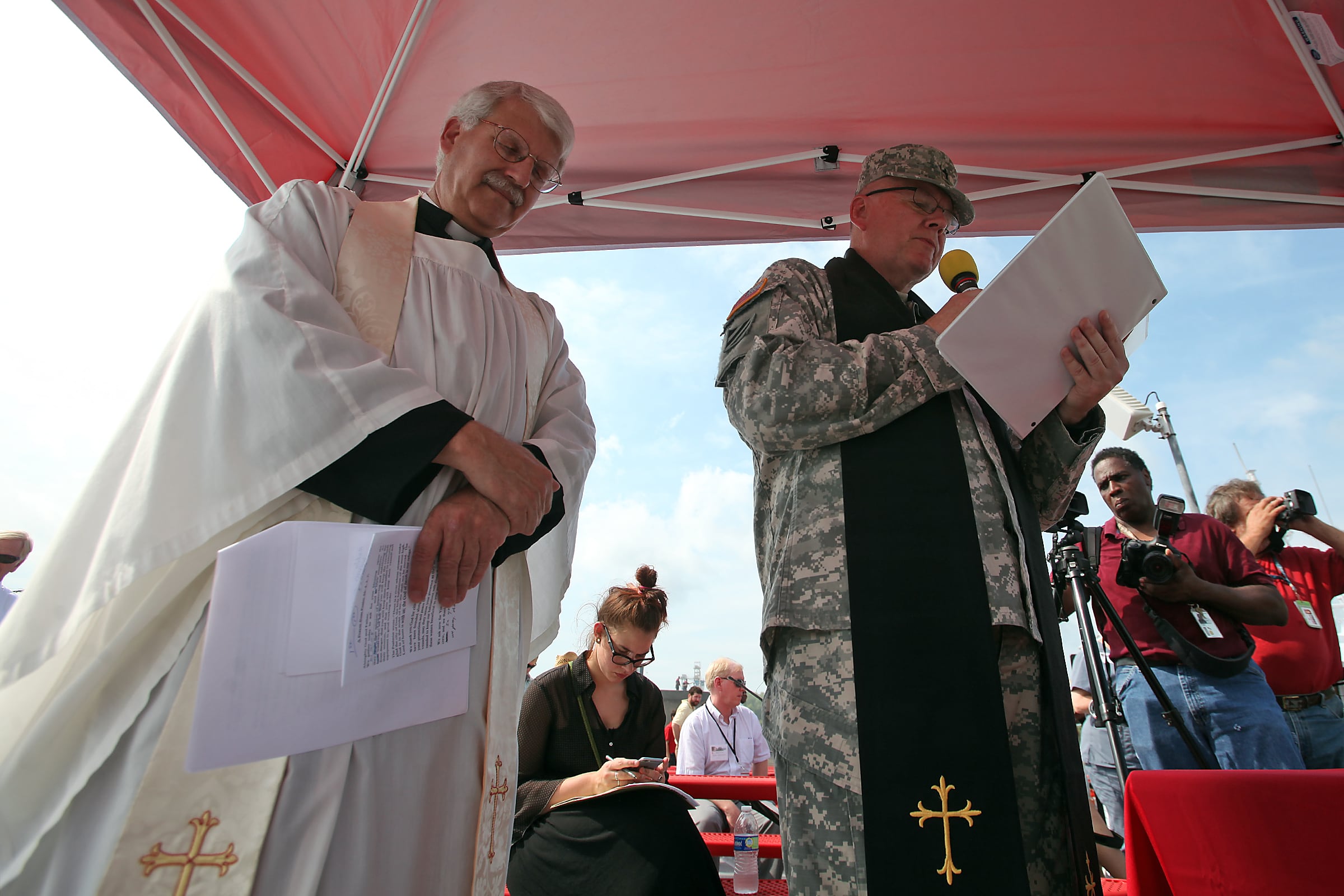Difficulties in to filling gaps in fleet billets are at their lowest point in years, suggesting the service has nearly turned the page on chronic under-manning that has stressed the deckplates for most of the past decade., according to personnel officials.
In about the plast two years, the Navy has wrangled the number of gaps empty billets gaps down from nearly 13,000 to about 2,500, said Rear Adm. David Steindl, head of Navy Personnel Command, in a Jan. 9 interview.
"Manning right now is stable," he said, adding that the decline in empty slots gap would begin to drop more slowly will slow this year.
The Navy tracks manning numbers by a metrics known as "fit" and "fill." The "fill" number signifies the percent of a ship's billets held by sailors. The "fit" tracks the number of billets that have sailors with the right seniority and Navy Enlisted Classifications. that a ship has a sailor in an empty billet.The "fit" number is means that sailor has the right skills and training to meet that meets the ship's requirement.
Steindl said 98.2 percent of the billets at sea are filled, and 91.7 percent of those are filled with sailors who have the correct job skills.
NPCPersonnel Command will be working on getting the fit number up in 2015, Steindl said.
The Navy found itself in a world of hurt after cutting too many sailors over in years of drawdowns. In 2012, the chief of naval personnel Vice Adm. Scott Van Buskirk, the chief of naval personnel, admitted the serviceit had cut too deeply, falling to about 317,600 sailors. Today, the Navy has about 325,000 sailors.
In addition to ramping up accessions, the Navy has also employed new authorities to incentivize sea duty. Adm. Jon Greenert, the Navy's top officer, has said the new pays are designed to make sea duty the "center of gravity" in the Navy.
Sea duty incentive pay, an allowance that awards between $500 and $1,000 per month for every month a sailors either extends their sea duty or terminates their shore duty early, has attracted about 1,150 takers. About 650 sailors have extended their sea duty for the pay, 320 volunteered for back-to-back sea duty; about 170 cut their shoreRIGHT??//KM sea duty short; and another further 32 were pulled off shore duty early.
Steindl said of those 32, about 40 percent were supervisors.
Another pay put in place to make sea duty more attractive is the hardship duty pay—tempo, or HDP-T. The payments for long deployments starts after 220 consecutive days straight deployed, at a rate of $16.50 a day, up to a monthly total of $495.
After two payments, one in December and one at the beginning of January, the Navy has paid out about $4.1 million in HDP-T, Steindl said.
David B. Larter was the naval warfare reporter for Defense News.





